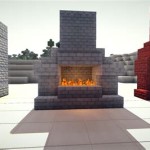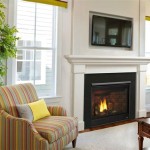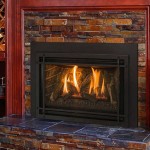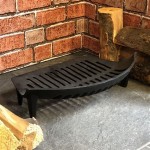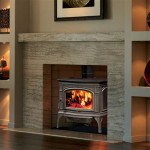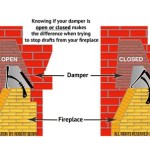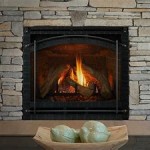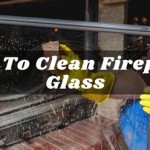Essential Considerations for Gas Fireplace Burner Pipe
Gas fireplaces offer a blend of warmth, ambiance, and convenience to any living space. Behind the captivating flames lies a crucial component: the burner pipe. This article explores the essential aspects of gas fireplace burner pipe to ensure a safe and efficient operation of your fireplace.
Material and Durability
The material of the burner pipe is paramount for its performance and longevity. Cast iron, stainless steel, and aluminized steel are commonly used materials. Cast iron is durable and resistant to corrosion, while stainless steel offers enhanced corrosion resistance. Aluminized steel combines strength and corrosion resistance, making it a cost-effective option.
Size and Dimensions
The burner pipe's size and dimensions are critical for proper gas flow and flame distribution. The type of burner system used in your fireplace will determine the required dimensions. Incorrect sizing can lead to uneven heating or safety hazards.
Orifice Design
The burner pipe incorporates orifices or small holes that regulate gas flow. The design and number of orifices influence the flame pattern and heating efficiency. A balanced orifice design ensures an even distribution of gas and heat, while a drilled orifice is more precise and customizable.
Pilot Assembly
A pilot assembly is essential for initiating and maintaining a continuous flame in the fireplace. It comprises a pilot burner, thermocouple, and ignition switch. The pilot burner ignites the main burner, while the thermocouple monitors the flame presence and adjusts the gas flow accordingly.
Safety Features
Gas fireplace burner pipes are equipped with safety features to prevent hazardous situations. A flame sensor detects the presence of a flame and shuts off the gas supply if the flame goes out. A thermocouple safety valve also monitors the flame and closes the valve if the thermocouple fails or the flame extinguishes.
Installation and Maintenance
Proper installation and regular maintenance are crucial for the safe and efficient operation of the gas fireplace burner pipe. A qualified technician should install the burner pipe according to the manufacturer's instructions and local building codes. Routine maintenance includes cleaning the burner pipe and pilot assembly to remove debris and ensure optimal performance.
Conclusion
Gas fireplace burner pipe is a critical component that ensures the safe and efficient operation of your fireplace. By understanding its material, dimensions, orifice design, pilot assembly, and safety features, you can make informed decisions about its selection and maintenance. Remember, a properly functioning burner pipe is essential for warmth, ambiance, and peace of mind in your home.

Diamond Burner By Fire Glass

How To Install A Log Lighter Fireplace Gas Starter Pipe

Gas Fireplace Starters Log Lighter Universal

Dante Gas Fireplace Log Lighter Burner Pipe

Dante Gas Fireplace Log Lighter Burner Pipe With T Mixer

Vermiculite Granules For Gas Logs Coarse Fireplace

American Gas Log Cheyenne Glow 18 In Vented Natural Fireplace Set With Complete Kit Manual Match Lit Cg18hdmtch The Home Depot
.jpg?strip=all)
Peterson Real Fyre 18 Inch Live Oak Gas Log Set With Vented Natural G4 Burner Match Light 68 Ye Bbqgrills Com

Custom Gas Pipes And Fireplace Burners Diamond Fire Glass
.jpg?strip=all)
Peterson Real Fyre 24 Inch Post Oak Gas Log Set With Vented Natural G4 Burner Match Light Po Bbqgrills Com

